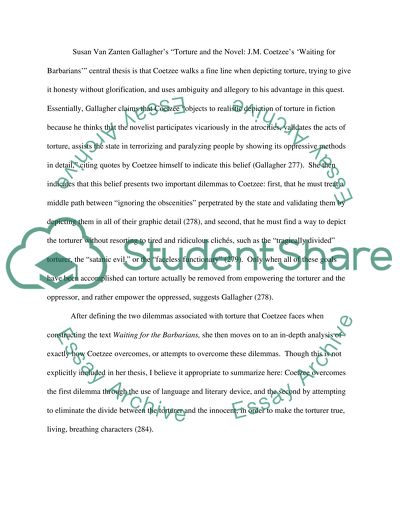Cite this document
(“Power nad Privilege in Coetzee's Waiting For the Barbarians Research Paper”, n.d.)
Retrieved from https://studentshare.org/literature/1445515-waiting-for-the-barbarians-by-jm-coetzee-critical
Retrieved from https://studentshare.org/literature/1445515-waiting-for-the-barbarians-by-jm-coetzee-critical
(Power Nad Privilege in Coetzee'S Waiting For the Barbarians Research Paper)
https://studentshare.org/literature/1445515-waiting-for-the-barbarians-by-jm-coetzee-critical.
https://studentshare.org/literature/1445515-waiting-for-the-barbarians-by-jm-coetzee-critical.
“Power Nad Privilege in Coetzee'S Waiting For the Barbarians Research Paper”, n.d. https://studentshare.org/literature/1445515-waiting-for-the-barbarians-by-jm-coetzee-critical.


